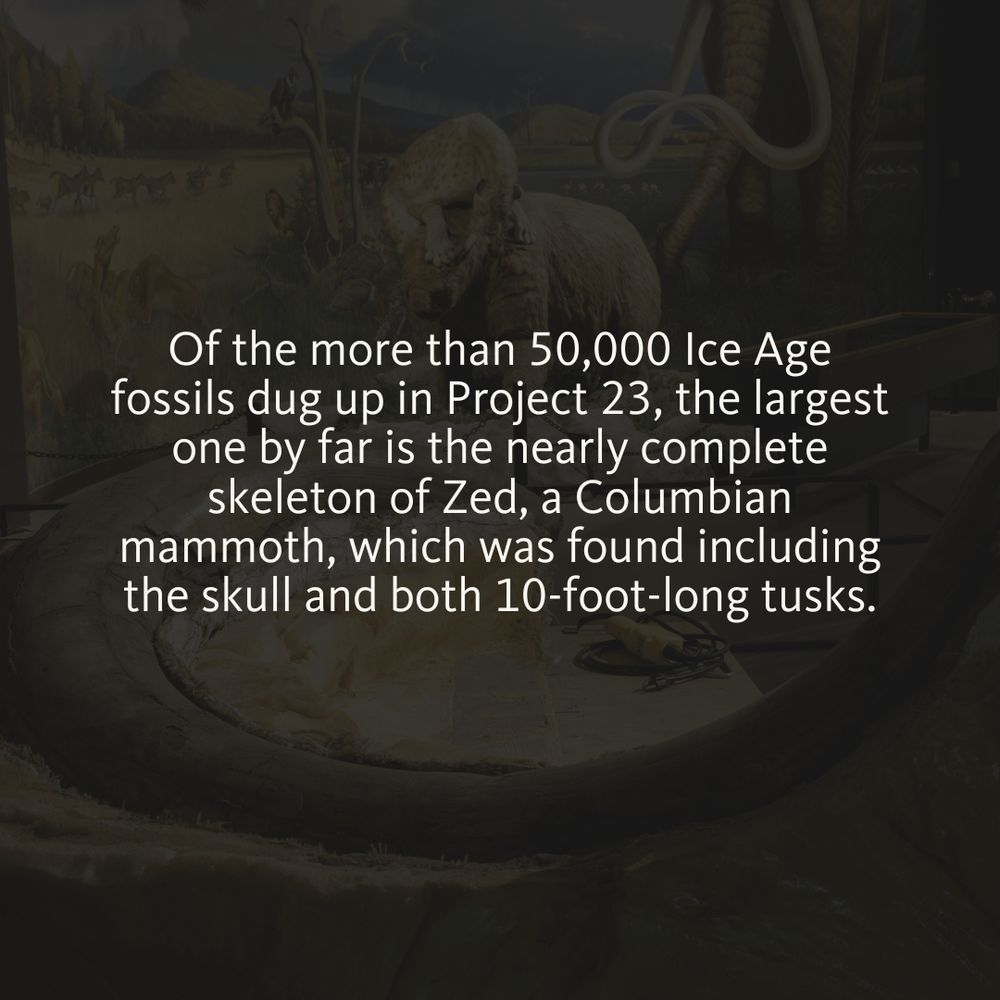La Brea Tar Pits & Museum
@tarpits.org
14K followers
40 following
210 posts
One of the most famous fossil localities, recognized for having the largest and most diverse assemblage of extinct Ice Age plants and animals in the world. Open 9:30am - 5pm daily, closed the first Tuesday of every month.
http://linktr.ee/thelabreatarpits
Posts
Media
Videos
Starter Packs
Pinned
Reposted by La Brea Tar Pits & Museum
La Brea Tar Pits & Museum
@tarpits.org
· Aug 13
La Brea Tar Pits & Museum
@tarpits.org
· Aug 12








































